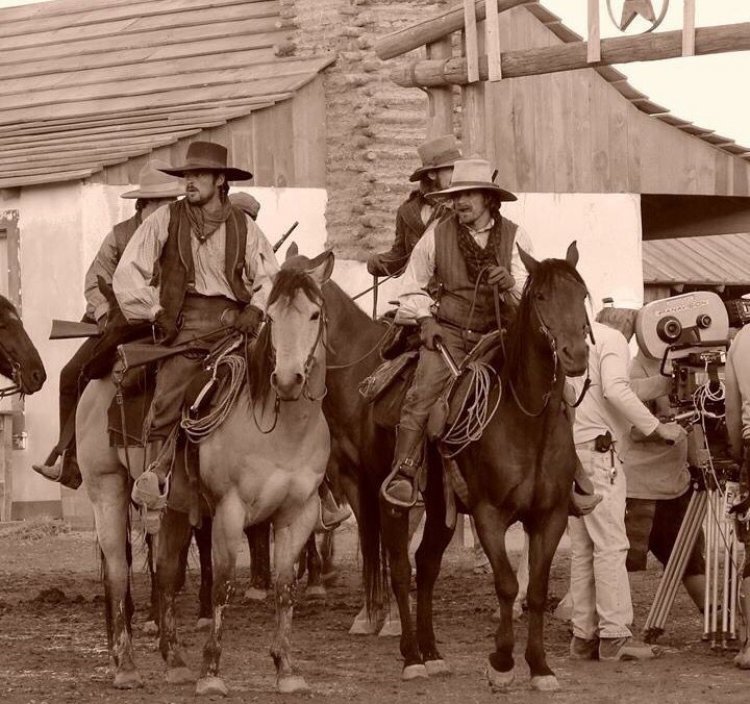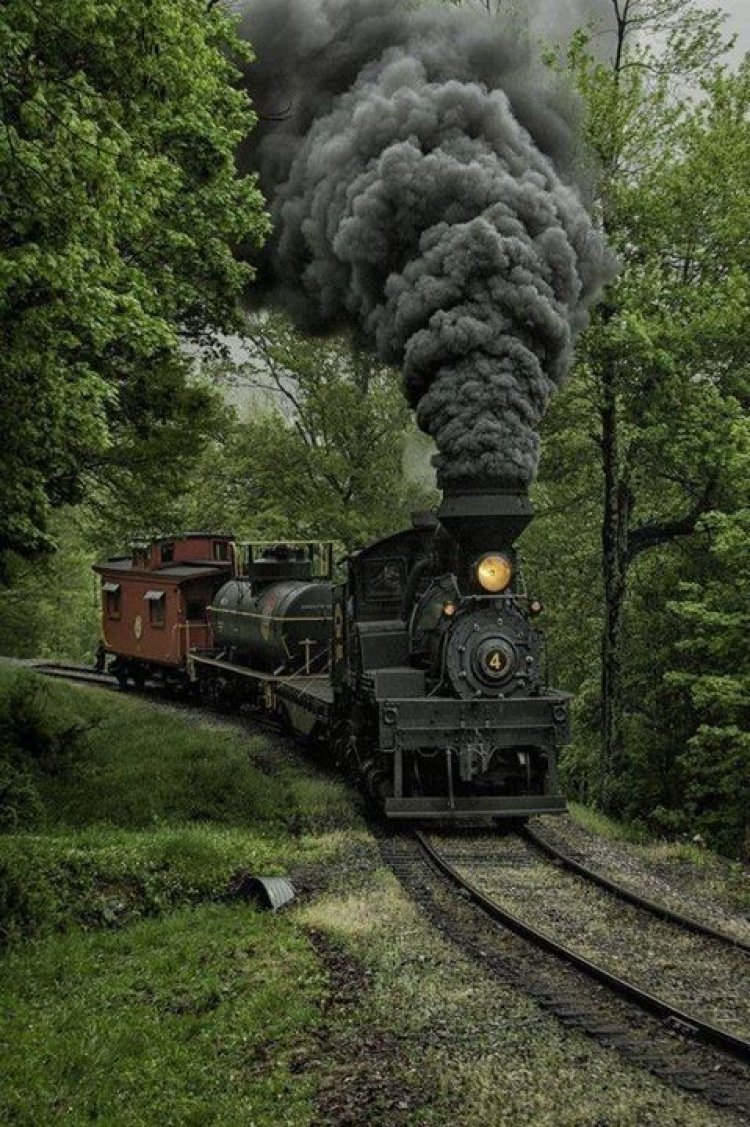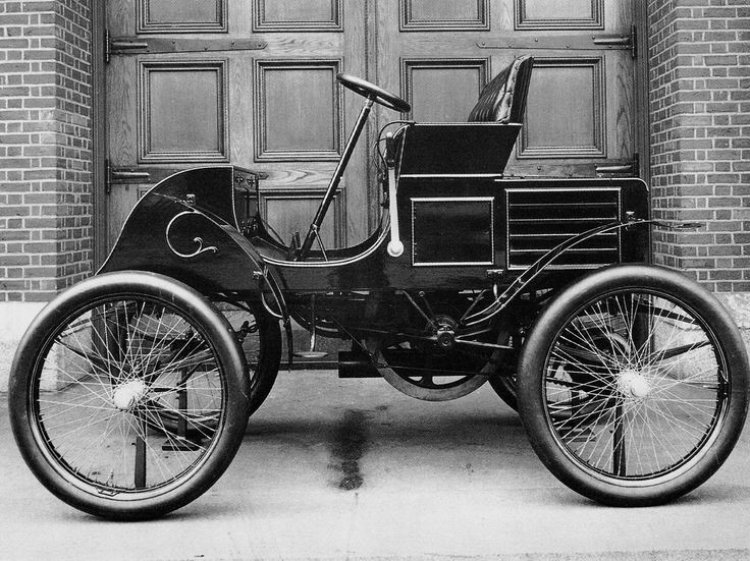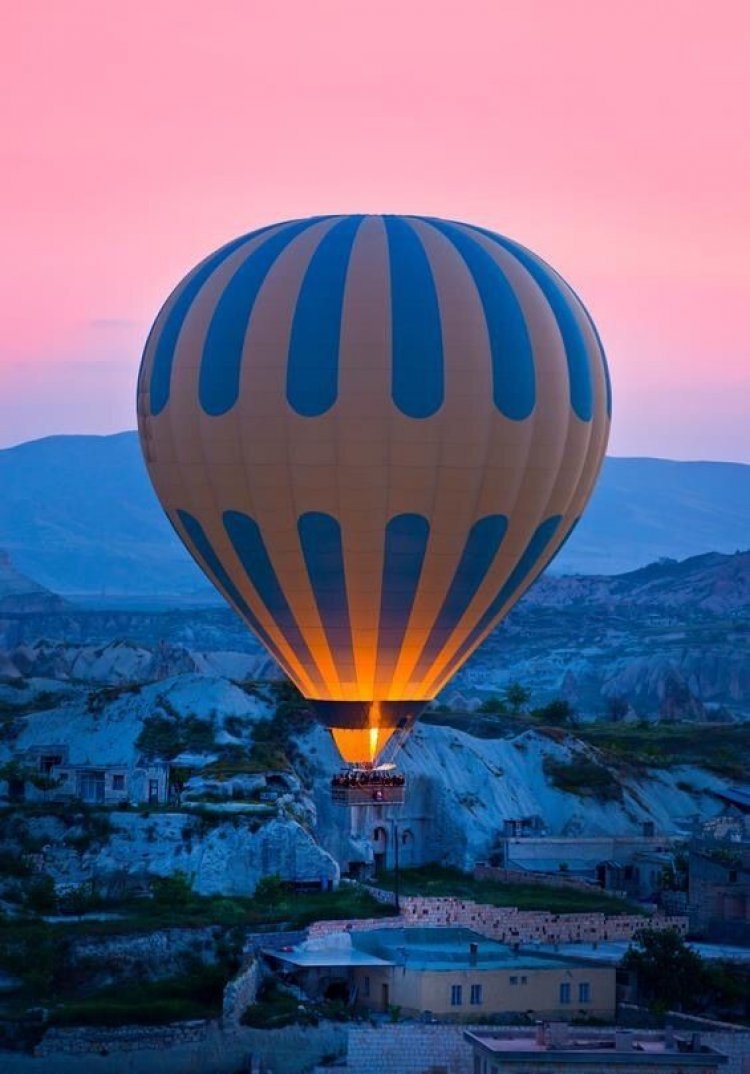Earlier forms of transportation
All the overwhelming facilities we experiencing now were the results of painstaking toiling of some people. Let's get to know how did these people invented the former car, aeroplane etc.

EARLIER FORMS OF TRANSPORTATION
Railways

The earliest steam engine was designed during the first century AD by a Greek engineer and mathematician named 'Hero'. It was a hollow sphere connected to two bent tubes in which this sphere is attached to a boiler that produced steam. This steam flew away from the sphere's hollow tubes and made the sphere twist and rotate. In 1698, Thomas Savery built the first practical steam engine and in 1712 his associate named Thomas Newcomen designed a piston engine that made use of steam from ordinary boiling water, and this was extensively used by the Englishman during the 1720s. Then, a lot of improvements occurred like James Watt's steam engine that worked with low-pressure steam whereas Richard Trevithick developed steam engine at high pressure.
Ships and Boats

As we have all seen in some prehistoric stories and films, the earlier boats were created by arranging logs and tree branches together to form raft-like structures. Later, animal covering was attached to bamboo branches to form the simple boat. Egyptians constructed ships by binding the wood planks with leather or papyrus sticks and Chinese men were the first to invent rudders for steering ships. Oars became handy to people to make facile transportation by 3000 BC and it was Phoenicians who used varieties of ships for the means of war and trade. The creation of enormous sailing ships by the 16th and 17th centuries witnessed the discovery of new lands and continental areas.
Cars

The first form of the car was that runs on steam which was slow and heavy. Then, motor cars using petrol came into the limelight during the 1880s by the efforts of a German engineer named Karl Benz. Then, Henry Ford introduced model-T cars that are affordable to common people, with high rapidity and cheap cost. This happened when the former motor cars made by skilled craft men became costly, demanding 1000 pounds.
Airplanes

Humans got the inspiration of flying in the air by the discovery of kites by Chinese men. Initially, they tried to fly like birds with wings of feathers and wood attached to their arms. But the results were disastrous. Joseph Michael and Jacques Etienne Montgolfier designed the first hot air balloon. In November 1783, the first expedition was done by passengers named Francois Laurent, Jean-Francois Pilatre de Rozier. Following this, George Cayley and Otto Lilienthal devised different varieties of gliders. It was Orville and Wilbur Wright who created the first plane and Orville was honored as the first passenger. Later, great developments and advancements shaped today’s enormous airplanes.
The brilliant efforts and the luminous intelligence behind all these creations should be admired.
















